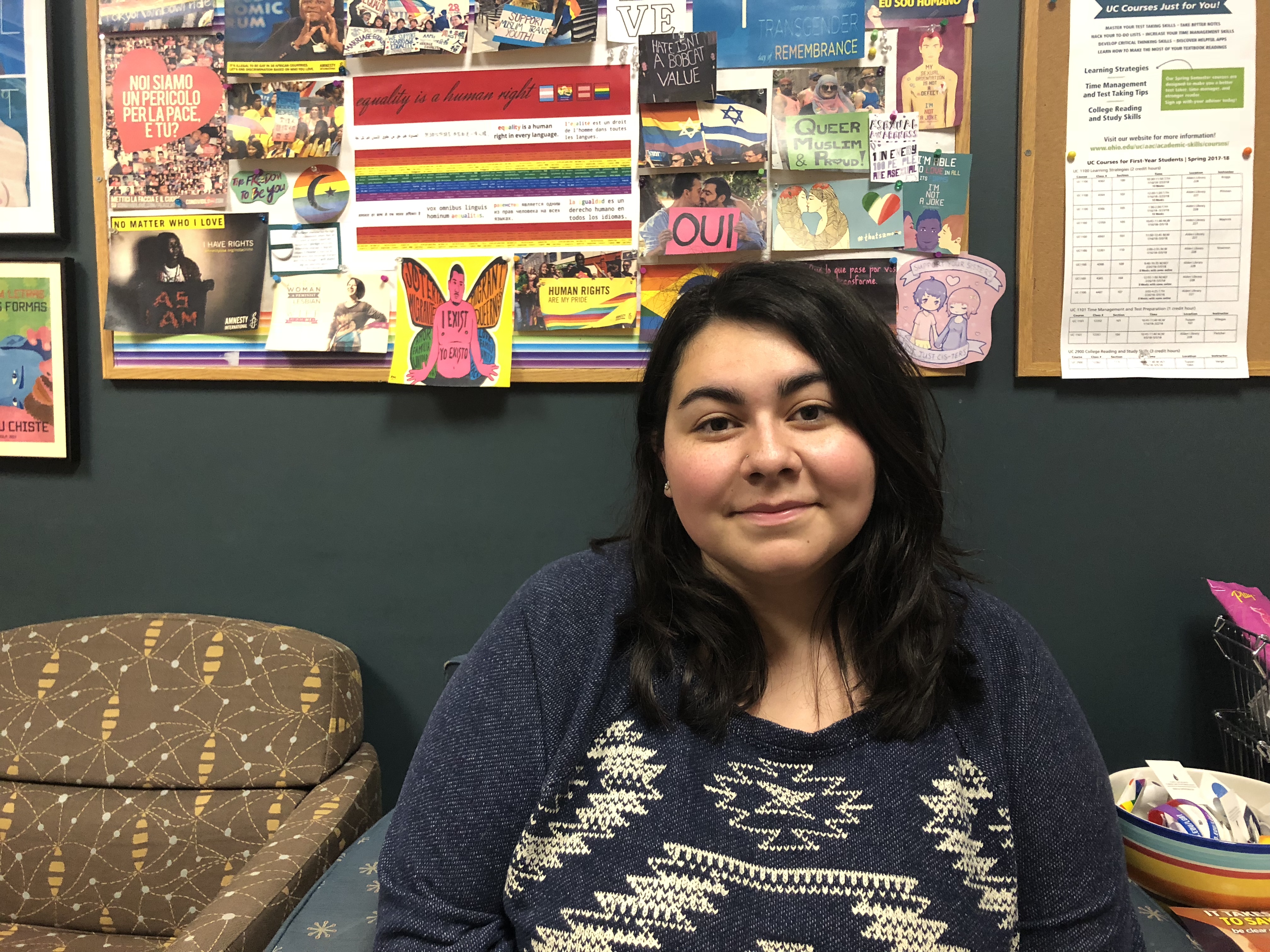
Media of Pride
By: Mikaela Ashburn
Posted on:
Friday, February 2nd students gather in a conference room in baker center, it is the beginning of the 48-hour shootout. The students involved will spend every hour of the next two days creating a 3 to 5-minute film.
A representative from each team will be surrounding their phones as they enter the room. While they are in the room they will learn their teams’ film theme, hidden phrase and mandatory prop.
This information is not just given to the representatives, they will have to take part in a series of games to get this information. Once all the games have been played and everyone has all the information that they need their phones are returned and the shootout officially begins.
This year was the 16th 48-hour shootout. Darragh Liaskos, a Junior studying Media and social change recently took part in the 2018 48-hour shootout.
The shootout attracts people from all different majors and teams have no size minimums or maximums.
“You can have as many people on your team as possible, like I know one team had 15 people. Our team had 4 people. So you just pick who you want and who you think you need.” Said, Darragh
This year 15 teams competed in the shootout. Darragh was on A Series of Bad Decisions. Her team was different than the rest, their film, Swipe featured only queer relationships.
Darragh explained how this came to be “Our film was called Swipe, we didn’t actually set out to have queer characters, it just kinda ended up like that based on the fact that it didn’t really matter. It didn’t affect the story at all to have queer characters in it.”
The casual acceptance in creating visibly queer characters may be common in a university setting but it’s not that way in the film industry. According to a new survey released in May by media watchdog group GLAAD — the visibility of LGBT characters in film actually went down in 2016.
GLAAD’s Studio Responsibility Index looks at LGBT inclusion by films released by 7 major film studios. Films are given the Vito Russo Test, a test that asks main questions, Does the film contain an identifiable LGBT character? Is this character known for more than their sexuality or gender identity? And would the plot significantly change if this character was removed?
If the answer to all 3 questions is yes then the film passes, if not then it does not. In 2016 only 39% movies examined passed the Vito Russo test In 2014 55 percent of films passed the test.
Increasing representation of LGBT people is something everyone should be thinking about, not just people in the community according to Darragh “I think that it is definitely
a problem that everyone should definitely work on like I think that queer creatures are probably more aware of it because they grew up not really seeing that in their media.” While Darragh hopes more people will think about how to tell stories that reflect the diversity of human experience, she will keep working on creating queer representation in her work without making it be forced.
“Sometimes it should be intentional because representation matters so like you would want to write in a queer character but it’s also just kinda like that makes it kinda like forced. So I think within my career if we have a queer character we do if we don’t we don’t, it’s not a huge intentional idea.”

